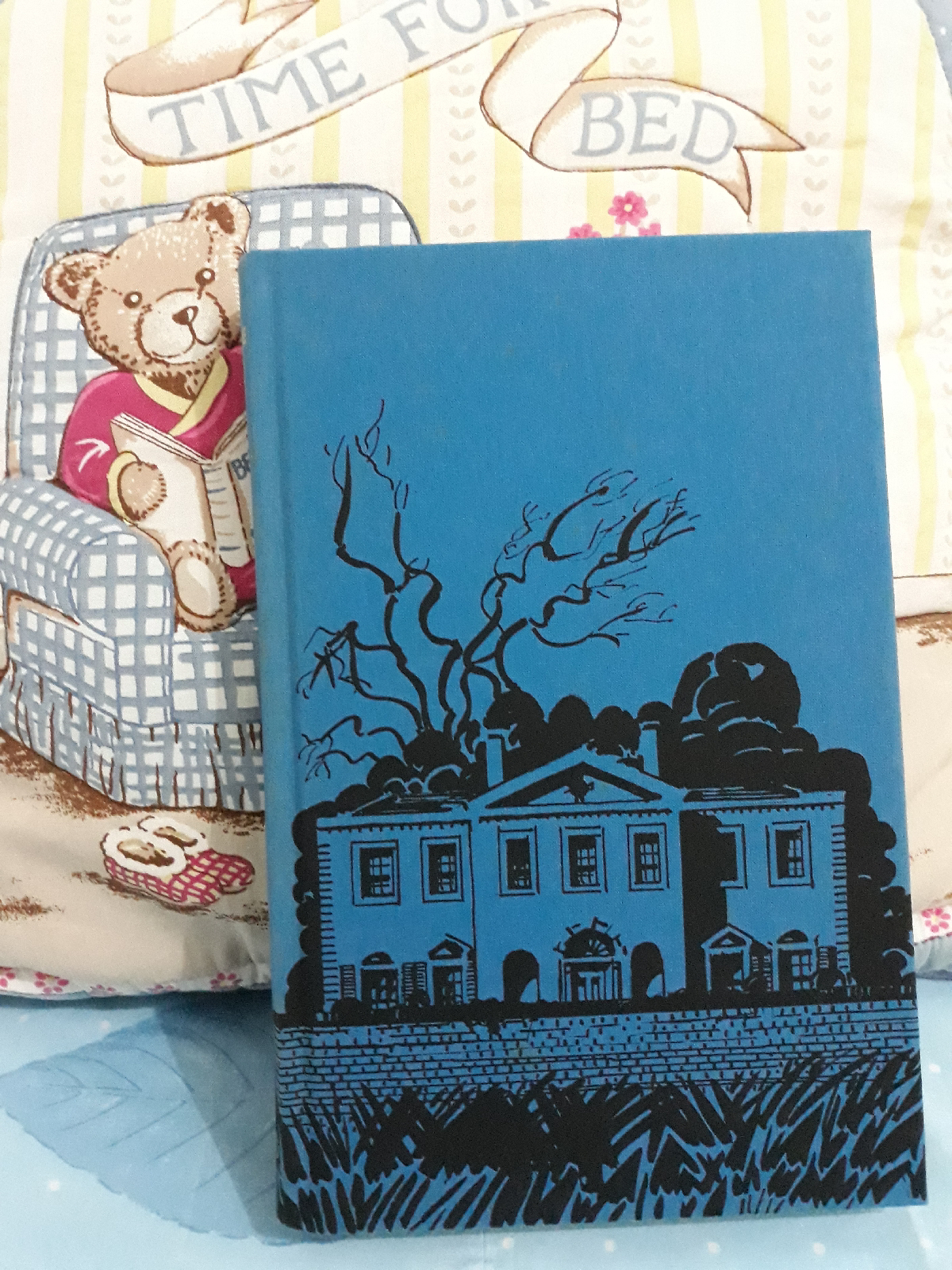🎄 It follows a seven year old girl, Marie Stahlbaum and her brother Fritz, who get as their Christmas presents, a clockwork castle with mechanical people - handmade by their godfather Drosselmeier, a clock maker.
🎄 They soon get bored by it, though, so Marie shifts her attention to another present: an ugly nutcracker, and she is fond of it.
🎄 When the clock strikes midnight, a bunch of mice came to the house, led by a huge seven-headed mouse - the Mouse King, and suddenly all the toys/dolls inside the glass cabinet became alive. Led by the nutcracker, they all involved in a battle against the mice.
🎄 The next morning Drosselmeier told the children a story about Princess Pirlipat and Mouse Queen. Long story short, the princess was cursed by Mouse Queen, and the only cure is Krakatuk - the hardest nut on earth - cracked and handed on a certain ritual by a man who would become her husband. A young man called Drosselmeier was good at cracking nuts, but unfortunately he mis-executed the ritual, so the curse moved on him instead. That's how he became the ugly nutcracker toy which is now inhabited the Stahlbaums' glass cabinet.
🎄 Thanks to little Marie's selfless and unconditional love towards the nutcracker, the curse is finally lifted, and the ugly toy turns into a handsome real person of Herr Drosselmeier, the godfather's nephew.
🎄 It's not really a bad tale, really, as it inspires children to accept people, despite of their appearance. Yet, I found part of the tale rather disturbing. How can Marie - the 7 year old little girl - becomes a fiancée of a young man, to be married in one year, to become the queen of the doll kingdom? I mean, seven y.o...!
🎄 In the end, despite of the above unsettling part and (maybe) the mediocre translation of the edition I read, I think I can see why this tale becomes classic. I will perhaps love it more if I've had read it as a child. Still, I doubt how I would have reacted on the marrying part; my parents would have never read it for me, for sure!














